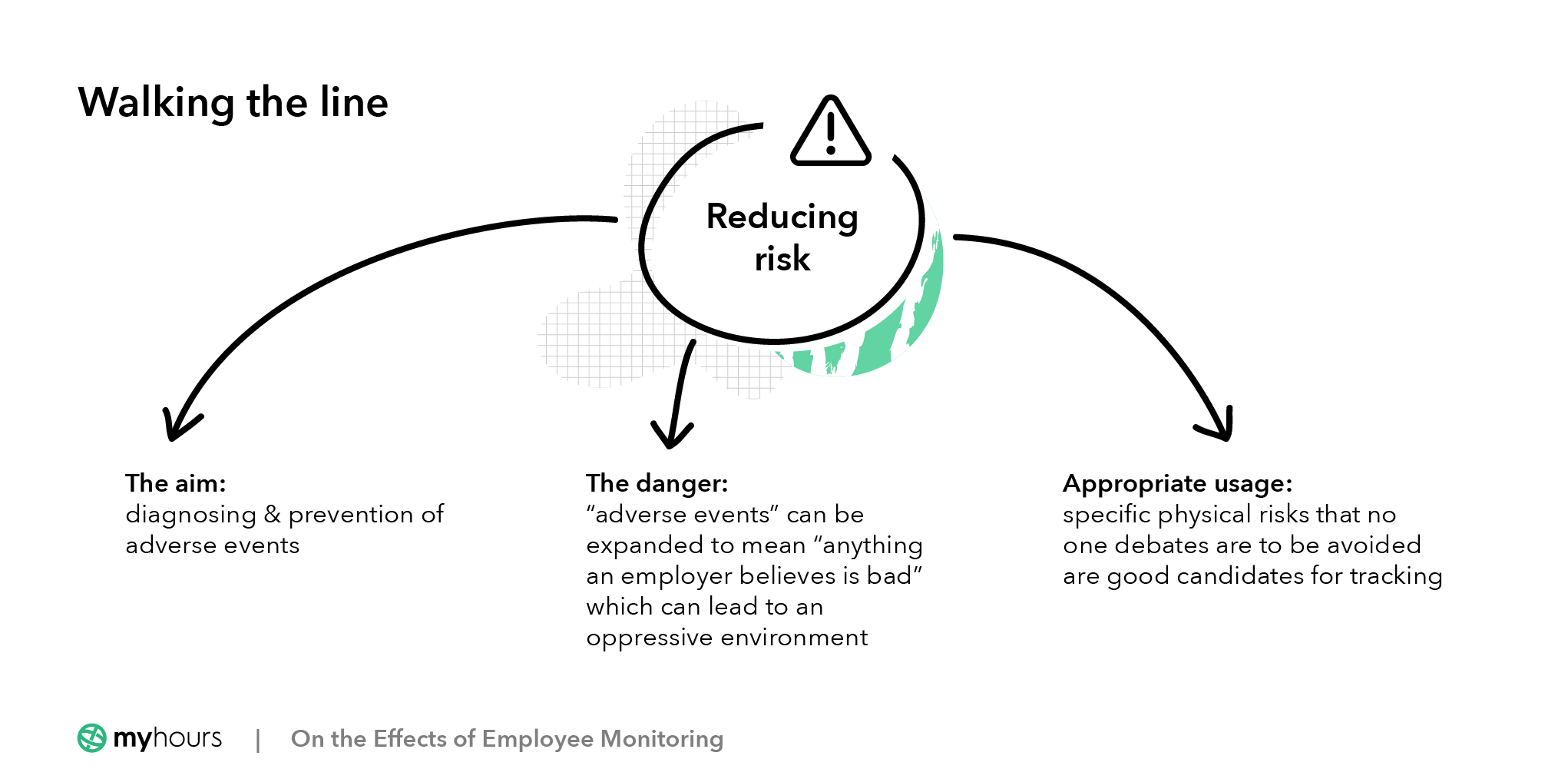My Hours is a product designed to help both employers and employees measure and manage their time, productivity, and profitability. And so we are clearly in favor of using technology to further these aims.
But what is the difference between measurement, monitoring, and surveillance? Answering this is not a matter of fact, but of judgment, and every organization must reach its own view. In this article, we explore the issue and set out our own position.
First, though, we’ll cover the evolution of methods used to measure employees, the attraction of more invasive methods, and some of their drawbacks.








